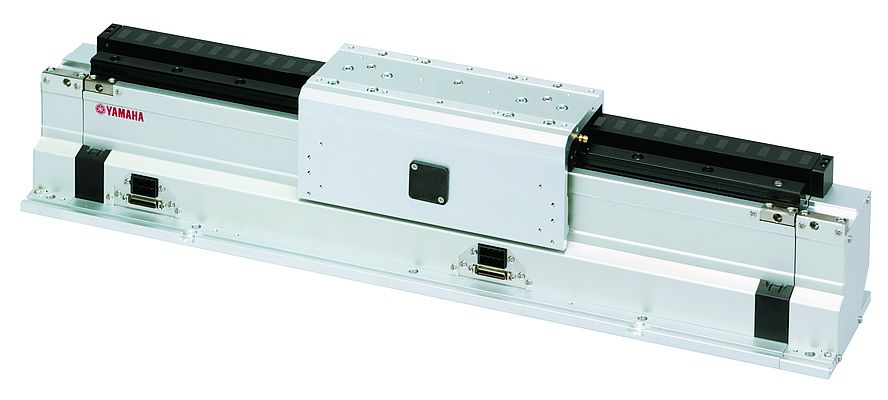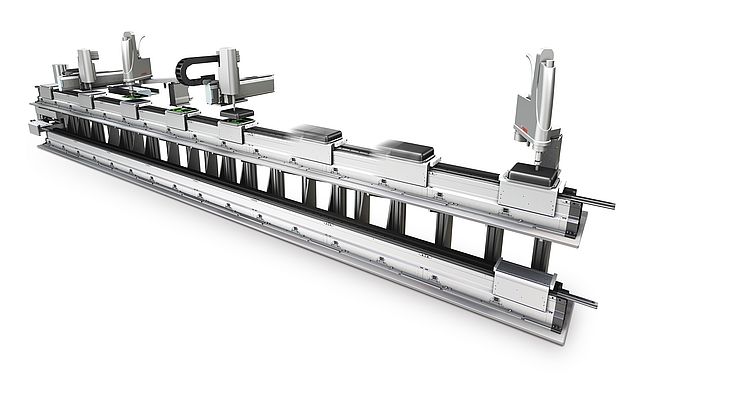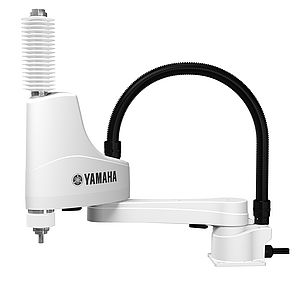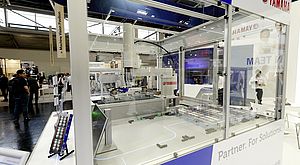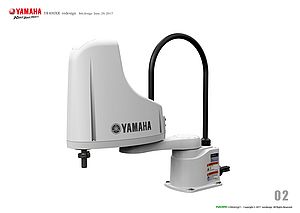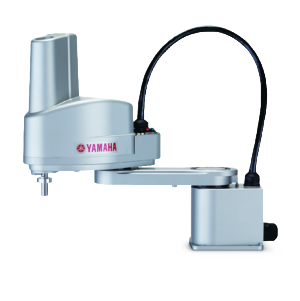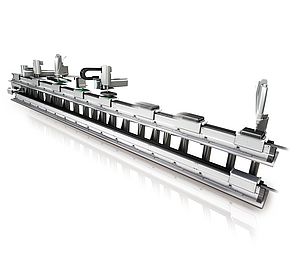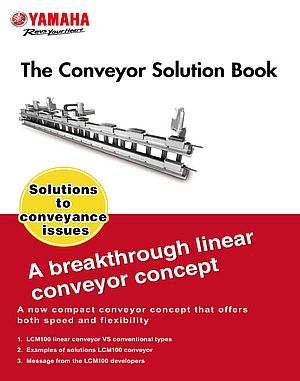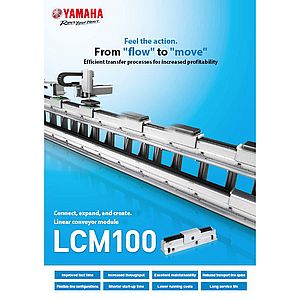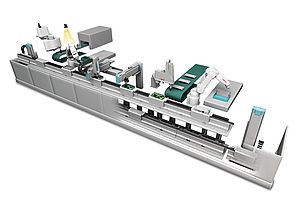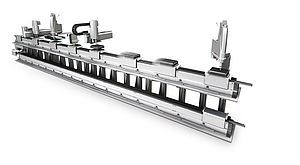The electronics parts industry needs flexible manufacturing facilities to cope with short life cycles of products. Firm N repeatedly adjusted and modified their facilities every time they had to face product type changes.
Issues
Keys to the issue
- Get the setup done promptly for product type changes
- Secure the maximum productivity with the minimum space occupation
The issue for Firm N, a manufacturer of electronic parts, was to improve the efficiency of manufacturing facility, when a change in the product type occurs. Meanwhile, the firm came up with a plan to build a line to sale a new product. The firm had to start up the production in 3 months.
The index tables used previously took a lot of time and labor to adjust the evermore fine-tuned stop position. Every time the line undergoes a modification, for a change in the product type, the operators in charge of the equipment find it difficult to make it in time.
Where two or more index tables were laid out, the operators had to check the index tables many times to carry out the adjustment and maintenance of the equipment. The poor workability for assembling and adjustment among the index tables gave operators a lot of heavy stress. The limited time for building the line forced to decrease man-hours and improve efficiency.
We have no more space to install additional index tables!
This is not the only issue that troubles equipment operators. To cope with the increased number of processes, the only thing to do was to consider that the existing index table was so small that the unique solution was to add one more set or introduce a bigger one instead. Sadly, the reply from the shop engineer in charge was clear: "There is no more space available".
The solution
- Review the transport mechanism to shorten the equipment start up time by 50%
- The line can be built straight to improve the workability
- Decrease the equipment footprints
The module type transport mechanism helps design a flexible, easy to use line.
Mr. Y looked for measures to build the line without using index tables, too. While collecting information at industrial trade shows, Yahama’s linear conveyors LCM100 drew his attention.
"I saw many pieces of transport equipment. But I have never seen linear conveyors which occupy such a small space and operate so efficiently before. The Yamaha’s linear conveyors made me feel that we had really found a solution to our issues".
The LCM100 product is a module type linear conveyor that enables free, flexible line design that saves space. Various sliders on the conveyor move at high speed and at high accuracy. Fine tuning the stop position is as easy as simply entering values. With the LCM100 linear conveyors, it is possible to deal with product type changes promptly and flexibly.
Fits in existing space. For a long term
"Increasing or decreasing the number of modules can cope with changes in the number of process. It is easy to fine tune the stop position. These are some of the reasons why the LCM100 is our favorite linear conveyor module. Despite the complex line that carries out a lot of processes, the equipment startup time shortens to half compared to the past, a highly good evaluation coming from the team. The dramatically simplified equipment improves workability and decreases equipment installation footprints. We are considering future expansion of lines", said Mr. Y.
Firm N introduced the LCM100 instead of index tables. Since the equipment startup went smoothly, the sale of a new product was launched on time.
"If the number of processes increases in future, we will simply add modules to deal with it. We see that this line can serve us for a long time", said hopeful Mr. Y.


